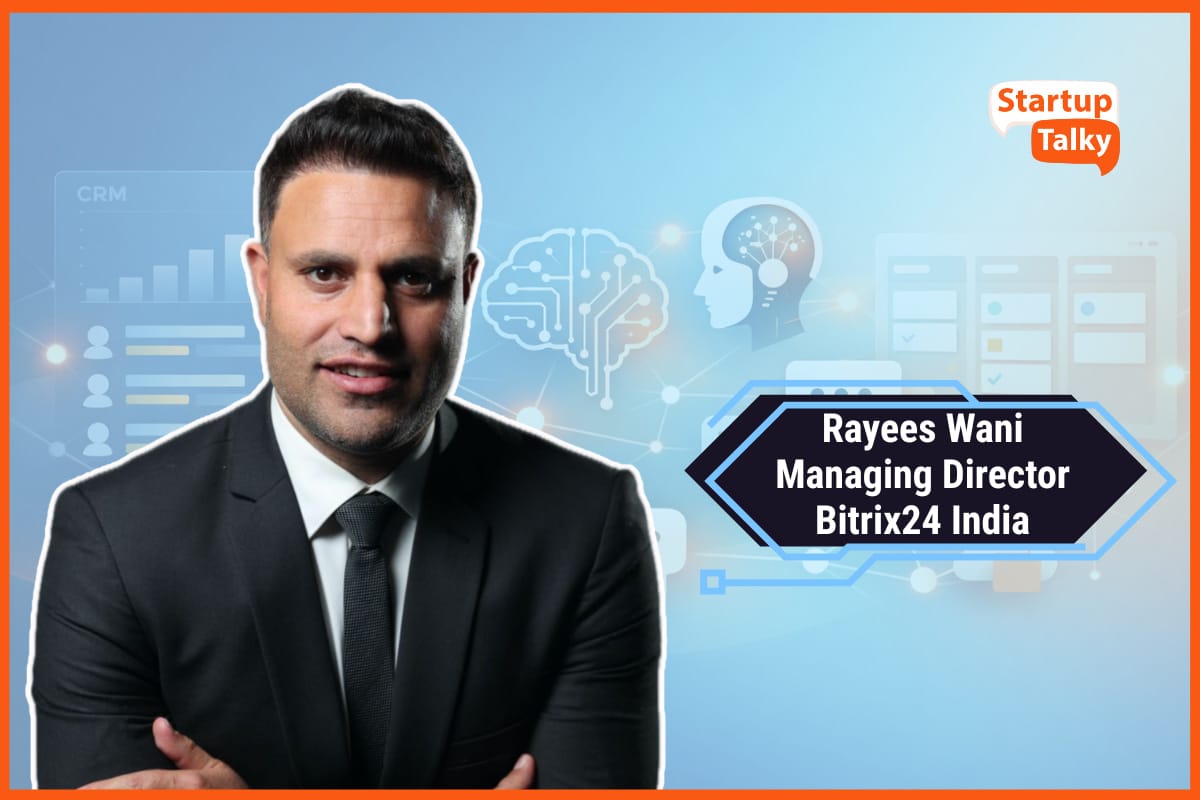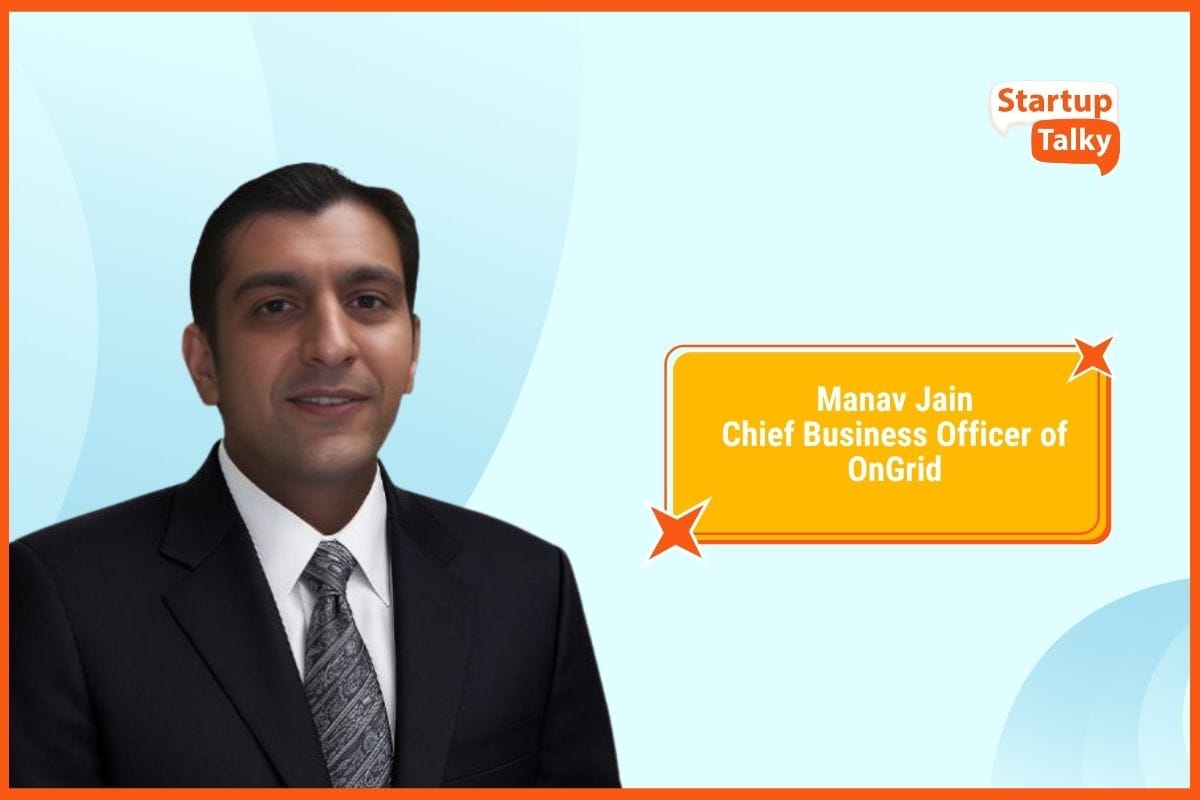Philips: Aiming to improve lives
📄Company Profiles
Company Profile is an initiative by StartupTalky to publish verified information on different startups and organizations. The content in this post has been approved by the organization it is based on.
Royal Philips is a leading health technology company focused on improving people's health and well-being, and enabling better outcomes across the health continuum – from healthy living and prevention, to diagnosis, treatment and home care. Philips leverages advanced technology and deep clinical and consumer insights to deliver integrated solutions
Headquartered in the Netherlands, the company is a leader in diagnostic imaging, image-guided therapy, patient monitoring and health informatics, as well as in consumer health and home care. Philips generated 2019 sales of EUR 19.5 billion and employs approximately 81,000 employees with sales and services in more than 100 countries.
Philips - Company Highlights
| Startup Name | Koninklijke Philips N.V. |
|---|---|
| Headquarters | Amsterdam, Netherlands |
| Industries | Conglomerate |
| Founders | Gerard Philips, Anton Philips |
| Founded | 15 May 1891 |
| CEO | Frans van Houten |
| Areas served | Worldwide |
| Website | www.philips.com |
Philips - About and How it works?
Philips - Logo and it's meaning
Philips - Founder and History
Philips - Mission
Philips - Business Model
Philips - Growth and Revenue
Philips - Investments
Philips - Competitors
Philips - Challenges Faced
Philips - Strengths
Philips - Future Plans
Philips - About and How it works?
Koninklijke Philips N.V. (literally Royal Philips, commonly shortened to Philips, stylized in its logo as PHILIPS), a Dutch multinational conglomerate corporation that was founded in Eindhoven, is a technology company, which engages in the healthcare, lighting, and consumer well-being markets. Since 1997, it has been mostly headquartered in Amsterdam, though the Benelux headquarters is still in Eindhoven. Philips was formerly one of the largest electronics companies in the world, currently focused in the area of health technology, with other divisions being divested.
It was founded in 1891 by Gerard Philips and his father Frederik, with their first products being light bulbs. It currently employs around 74,000 people across 100 countries. The company gained its royal honorary title in 1998 and dropped the "Electronics" in its name in 2013, due to its refocusing from consumer electronics to healthcare technology.
Philips is organized into three main divisions: Personal Health (formerly Philips Consumer Electronics and Philips Domestic Appliances and Personal Care), Connected Care, and Diagnosis & Treatment (formerly Philips Medical Systems). The lighting division was spun off as a separate company, Signify N.V. (formerly Philips Lighting prior to 2018). The company started making electric shavers in 1939 under the Philishave brand, and post-war they developed the Compact Cassette format and co-developed the Compact Disc format with Sony , as well as numerous other technologies. As of 2012, Philips was the largest manufacturer of lighting in the world as measured by applicable revenues.
Philips - Logo and it's meaning

The first time when the wavy lines and star spangles became part of the Philips logo, was around 1925. Two people claimed to be the author of the Philips logo: Kalff and Johan van der Ley. Kalff said that creating the wavy lines he was inspired by the idea of sound waves travelling through the air, while Johan van der Ley emphasized the stars, which, according to him, were inspired by electric lighting. The logo has been featuring blue since 2008, with minor shifts of the shade.

Philips - Founder and History
The Philips Company was founded in 1891, by Gerard Philips and his father Frederik Philips.

Frederik, a banker based in Zaltbommel, financed the purchase and setup of an empty factory building in Eindhoven, where the company started the production of carbon-filament lamps and other electro-technical products in 1892. This first factory has since been adapted and is used as a museum.
In 1895, after a difficult first few years and near bankruptcy, the Philipses brought in Anton, Gerard's younger brother by sixteen years. Though he had earned a degree in engineering, Anton started work as a sales representative. With Anton's arrival, the family business began to expand rapidly, resulting in the founding of Philips Metaalgloeilampfabriek N.V. (Philips Metal Filament Lamp Factory Ltd.) in Eindhoven in 1908, followed in 1912, by the foundation of Philips Gloeilampenfabrieken N.V. (Philips Light bulb Factories Ltd.). After Gerard and Anton Philips changed their family business by founding the Philips corporation, they laid the foundations for the later electronics multinational.
In the 1920s, the company started to manufacture other products, such as vacuum tubes. In 1939, they introduced their electric razor, the Philishave (marketed in the US using the Norelco brand name). The "Chapel" is a radio with built-in loudspeaker, which was designed during the early 1930s.
Philips - Mission
Philip's mission statement says, "At Philips, we are striving to make the world healthier and more sustainable through innovation, with the goal of improving the lives of 3 billion people a year by 2030." They are teaming up with hospital and health systems to understand their needs, provide integrated solutions, and engage in multi-year cooperation to drive improvements in terms of patient outcomes, quality of care delivery and cost productivity.
Philips - Business Model
Philips’s operations are organised into three reportable business segments:
- Healthcare, comprising the Company’s production and sale of healthcare devices and solutions, including imaging systems, healthcare informatics, and patient care and monitoring products;
- Consumer Lifestyle, comprising the Company’s production and sale of domestic appliances, personal care, and health and wellness products; and
- Lighting, comprising the Company’s sale of light sources and electronics – including LED and fluorescent lighting products, consumer luminaries – including lifestyle and decorative lighting solutions, and professional lighting – including road lighting and office lighting.
The Company has introduced a slightly new structure for 2016 that reflects its increased focus on healthcare. Going forward, the Company’s healthcare business will be divided into three separate operating segments: Personal Health, Diagnosis and Treatment, and Connected Care and Health Informatics.

Philips - Growth and Revenue
Philips's revenue has decreased by 26.3% in last 4 years.
| Year | Annual Revenue | Percentage change |
|---|---|---|
| 2020 | $20.499B | -15.51% |
| 2019 | $21.82B | +1.96% |
| 2018 | $21.401B | +6.49% |
| 2017 | $20.097B | -25.92% |
Philips - Investments
Philips Healthcare has made 3 investments. Their most recent investment was on Mar 27, 2019, when Xealth raised $11M.
| Date | Stage | Amount | Organization Name |
|---|---|---|---|
| Mar 27, 2019 | Series A | $11M | Xealth |
| Sep 27, 2018 | Non-Equity Assistance | - | Linkingmed |
| Apr 11, 2017 | Series C | $36M | ALung Technologies |
Philips - Competitors
Philips competitors include GE Healthcare, Siemens, Samsung, LG Electronics and Fitbit. Philips's revenue is the ranked lowest among it's top 10 competitors. The top 10 competitors average 34.9B. Over the last three quarters, Philips's revenue has decreased by 26.3%.
Philips - Challenges Faced
- Highly competitive business environment
- Counterfeit goods - a major threat to manufacturers of branded electronics
- Environmental and other government regulations
- Exchange rate fluctuations
- Availability of cheaper technology in local markets
Philips - Strengths
- Subsidiaries in more than 100 countries with more than 120,000 employees
- Operates around 110+ production facilities
- Has a very strong R&D portfolio, with 7 active R&D centers across the globe
- Market leadership and strong brand equity - market leader in cardiac care, acute care and home healthcare, energy efficient lighting solutions with consistent growth rate in emerging market
- Aligning operations with market conditions to increase productivity - Philips focused on de-layering its management structure to increase speed of execution and lower operating costs, resulted in improvement in efficiency
- Customer loyalty is high for consumer electronics made by Phillips

Philips - Future Plans
The 'Hospital of the Future' vision looks at building smarter, safer and sustainable hospitals which will be driven by design thinking and smart technology. Philips is aiming to improve the lives of 3 billion people a year by 2030.
Philips, which is celebrating its 90th anniversary in India, has started manufacturing of MRI consoles, Magnetic Resonance Imaging etc. It is also exporting MRI components to various markets.Dutch health-tech and consumer electronics company Philips said it will invest Rs 250-300 crore to boost its manufacturing and R&D facilities in India. The company also intends to hire 1,000 people over the next two to three years, adding to its existing workforce of over 6,000 people.
"Even as we work through the current crisis, we are focused on the future and are investing towards it,” Daniel Mazon, vice chairman and managing director for Indian subcontinent at Philips India
The company also sees demand increasing for its connected care solutions amid the Covid-19 pandemic and will work towards more public-private-partnerships (PPP) in this space.
Must have tools for startups - Recommended by StartupTalky
- Convert Visitors into Leads- SeizeLead
- Website Builder SquareSpace
- Manage your business Smoothly Google Business Suite






